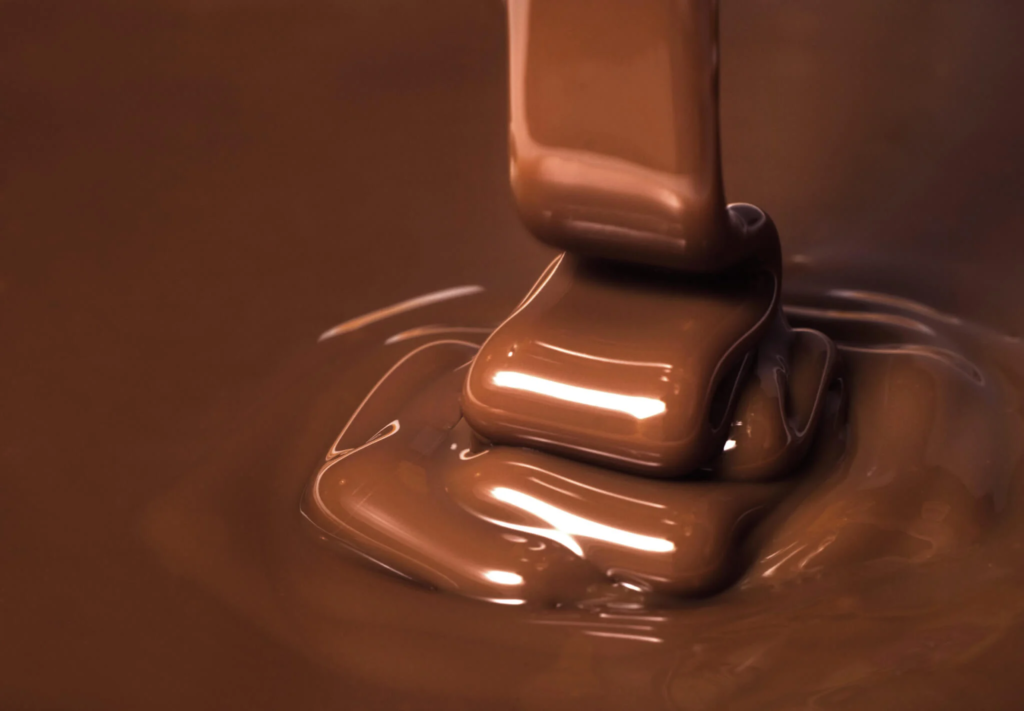
Table of Contents
- Introduction: More Than Just a Sweet Treat
- Origins in the Ancient World: Where Chocolate Was Born
- The Cocoa Bean: Nature’s Complex Treasure
- The Art of Harvesting: From Pods to Fermentation
- Chocolate’s Colonial Voyage: How it Conquered Continents
- Industrial Revolution and the Birth of the Chocolate Bar
- Artisan vs. Commercial Chocolate: A Taste of Global Craft
- Chocolate Hotspots Around the World
- Ethical Chocolate: Behind the Label
- The Future of Chocolate: Innovation Meets Tradition
- Final Drizzle: A Love Letter to Chocolate
1. Introduction: More Than Just a Sweet Treat
Chocolate isn’t merely a dessert. It’s a story — a tale woven through ancient rituals, colonial ambition, artisanal craft, and modern indulgence. The journey from a humble cocoa bean to a luxurious bar spans continents, centuries, and cultures. And every bite tells a piece of that journey.
2. Origins in the Ancient World: Where Chocolate Was Born
Long before it graced supermarket shelves, chocolate was revered by the Maya and Aztecs. Known as “food of the gods”, cacao beans were ground into bitter drinks used in rituals and royal feasts. It was currency, medicine, and spiritual fuel — long before sweetness entered the picture.
3. The Cocoa Bean: Nature’s Complex Treasure
Chocolate begins deep within tropical rainforests, where the Theobroma cacao tree thrives. The pods that grow from its trunk contain beans that, once fermented and roasted, become the base of all chocolate. Each region — from Ghana to Ecuador — adds its own flavour notes through soil, climate, and tradition.
4. The Art of Harvesting: From Pods to Fermentation
Harvesting cacao is a delicate process. Farmers slice open ripened pods, scoop out the beans, and begin a week-long fermentation. This critical step develops the complex flavor profile chocolate is known for. After sun-drying, beans are bagged and sent across the world — ready for transformation.
5. Chocolate’s Colonial Voyage: How it Conquered Continents
European explorers introduced cacao to the Western world. What began as a bitter drink soon turned into a sugary luxury among aristocrats. As plantations spread through colonized lands, chocolate became both a symbol of indulgence and a bitter reminder of exploitation and labor.
6. Industrial Revolution and the Birth of the Chocolate Bar
The 19th century brought machinery, mass production, and milk chocolate. With names like Cadbury, Nestlé, and Lindt emerging, chocolate shifted from elite to everyday. Innovations like conching and tempering created the smooth, melt-in-your-mouth texture we now crave.
7. Artisan vs. Commercial Chocolate: A Taste of Global Craft
Today, the chocolate world is split between mass-market convenience and small-batch artistry. Bean-to-bar makers focus on single-origin cacao, transparent sourcing, and flavor expression. From Madagascar citrus notes to Peruvian floral hints — chocolate has become a global tasting experience.
8. Chocolate Hotspots Around the World
- Switzerland: Synonymous with silky milk chocolate
- Belgium: Known for pralines and truffles
- Mexico: Home to spiced chocolate traditions
- Ghana & Ivory Coast: Powerhouses of cocoa bean production
- Japan: Masters of unique chocolate infusions (matcha, yuzu, sake)
Each region adds its own flair to the global chocolate story.
9. Ethical Chocolate: Behind the Label
With growing awareness of unfair labor, child exploitation, and environmental harm in cocoa farming, ethical sourcing is no longer optional. Fairtrade, Rainforest Alliance, and Direct Trade are reshaping the industry. Consumers now ask: Who grew your chocolate? — and it’s a question that matters.
10. The Future of Chocolate: Innovation Meets Tradition
From vegan milk bars and 3D-printed bonbons to sustainable cacao farming and climate-resilient crops, the chocolate of tomorrow honors its roots while embracing the future. Gen Z consumers are demanding transparency, health-conscious ingredients, and bold new flavors.
11. Final Drizzle: A Love Letter to Chocolate
Chocolate is universal yet deeply personal. It comforts, celebrates, and connects. From bitter ancient brews to sweet modern bars, the journey of chocolate is as rich and layered as the product itself. The next time you unwrap a bar, remember — it’s not just a treat. It’s history. It’s culture. It’s global art.

